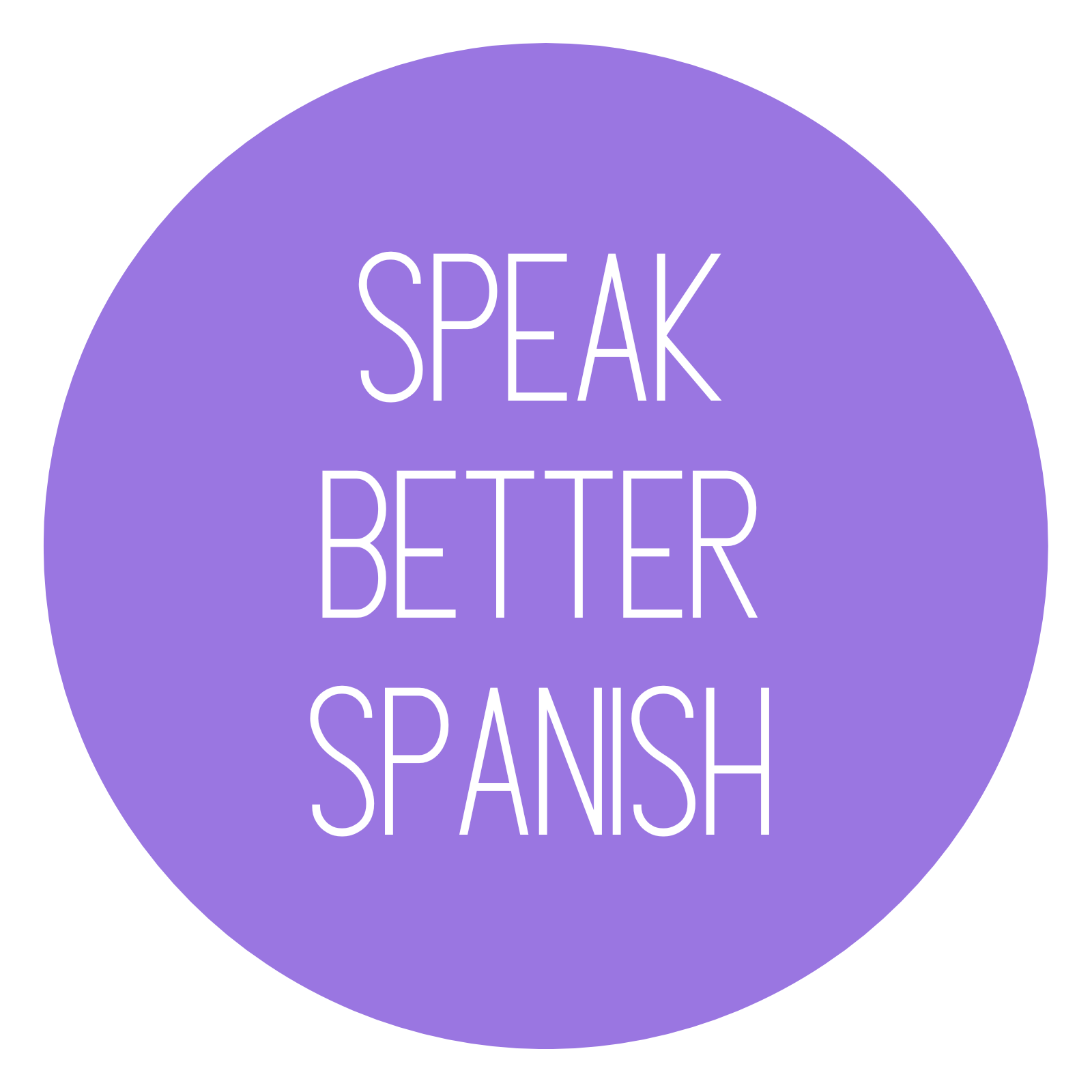Learn how to use ser and estar in Spanish!
To be or not to be? That’s the question! And Spanish does it in style with not one, but two verbs meaning “to be.” Let’s talk about ser and estar, a troublesome pairing for beginners and advanced students alike.
Do you know how to use ser and estar in Spanish? If you’ve been learning Spanish for some time, you’ve definitely come across these two verbs. Before we go in-depth, here’s a quick way of differentiating between them: ser tells you what something is, while estar tells you what something does (or how something is). Check out the 5-minute video and examples below:
To be or not to be… in Spanish
You’ll often use soy (the first-person present of ser) to talk about what or who you are, and estoy (the first-person present of estar) to talk about what you are being or doing. For example:
- Soy aburrida/o (I am boring) vs. Estoy aburrida/o (I am bored)
- Soy cansada/o (I am a tired person) vs. Estoy cansada/o (I am tired now)
- Soy feliz (I am a happy person) vs. Estoy feliz (I am happy now)
- Soy callada/o (I am a quiet/silent person) vs. Estoy callada/o (I am being quiet)
- No soy lista/o (I am not clever) vs. No estoy lista/o (I am not ready)
- Soy guapa/o (I am good-looking) vs. Estoy guapa/o (I look good)
Big difference, no? 👀
Ser and estar in Spanish
Remember that ser is about permanent states, while estar is about temporary states. Save these rules for whenever you’re in doubt about ser or estar in Spanish:
We use ser for:
- Date – Hoy es el 3 de septiembre (Today is September 3rd)
- Occupation – Soy profesora de español (I’m a Spanish teacher)
- Characteristics (physical characteristics, qualities, and personality traits) – Ella es muy bonita (She is very pretty)
- Time – Son las seis y media de la mañana (It is 6:30 am)
- Origin (place of origin) – Soy de México (I am from Mexico)
- Relationships – Ellas son mis tías (They are my aunts)
We use estar for:
- Position – Tus lentes están en la mesa (Your glasses are on the table)
- Location (geographic and physical location) – Estoy en casa (I am at home)
- Action (to describe what someone is doing or what is happening) – Estamos comiendo pizza (We’re eating pizza)
- Condition (or state of something/someone) – ¿Están enfermas? (Are you all sick?)
- Emotions (and feelings) – Ella está triste hoy (She is sad today)
Key takeaways
- Ser is typically used to describe the nature or identity of someone or something, the WHAT (permanent state). We also use the verb for time and events.
- Estar is typically used to refer to a state of being that isn’t necessarily intrinsic, the HOW (temporary state). We also use the verb to talk about the location of someone or something.
That’s all folks! If you want more Spanish lessons, download our free Spanish conversation course ebook, and check out our guide to por vs. para in Spanish! Thanks ❤️





0 Comments